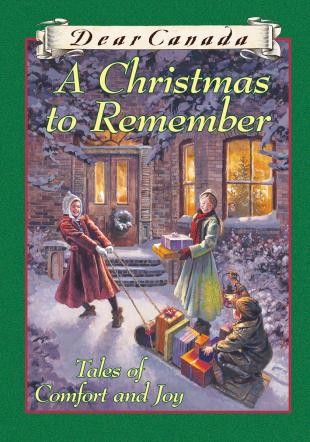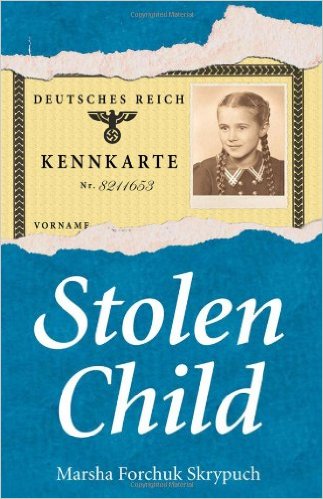http://roverarts.com/2009/11/a-new-life-in-canada/
By Neil MacRae 22.11.2009
Aram Davidian and his friends are among thousands of children orphaned by the Turkish effort, at the end of the First World War, to eradicate its non-Muslim Armenian population. By 1923 many of these children, together with a small number of fortunate adults, had taken refuge on the Greek island of Corfu.
During the same period, Armenian Canadians organized the rescue of small groups of children and brought them to Georgetown, Ontario, where they were educated and trained in farming methods, and started toward lives of safety and possibility.
Aram’s Choice describes the exodus of one young boy and his grandmother from Turkey to Corfu, the decision he must make to leave her in Greece for the sake of his own future, and the loneliness and uncertainty of his journey to Canada. Call Me Aram tells how he is able to grow into his new country and its customs, understand and make himself understood, and embrace his new circumstances while holding firm to his own identity.
Aram does not dwell on the horrors of the Armenian genocide, nor do Marsha Forchuk Skrypuch, who gives him voice, and Muriel Wood who provides images of Aram and his life. All reflect on the sadness of his experience and its consequences, and all reveal his curiosity, confusion and wonder at the new life and world that opens before him.
Fitzhenry and Whiteside note that the New Beginnings series, of which these books are part, are “historical chapter books for newly independent readers.” Both these books admirably fulfill that mandate. They are written with a simplicity of language and phrasing which should be, for young readers, familiar enough to be readily understood, and yet challenging enough to maintain interest. Skrypuch’s writing and the story are also engaging to an adult reader, allowing a shared reading and learning experience for young people, their parents and teachers. Wood’s illustrations are vivid, well drawn and well placed throughout the text, adding immediacy and support to the narrative and sustaining a high level of involvement and comprehension. In addition, the books feature a brief historical explanation of the story’s context and suggestions for further investigation of that history, both in print and on film, that provide guidance and direction without the intimidation of a lengthy bibliography.
It is not possible to understate the importance of fostering historical curiosity and perspective in young readers. Equally critical that those readers be drawn, as early as possible, toward an understanding of unfamiliar cultures and experiences – and provided with the insight that regardless of the diversity of our backgrounds, we are all exposed to the pains of loneliness and separation, the confusions of foreign custom and language, the comforts of friendship, and the shared capacity for compassion and discovery. And it is no less essential to inspire the growth of young readers into lifelong readers. These two books represent impressively positive steps toward those goals.
Neil MacRae is a poet and musician from the Maritimes who has recently, finally, found his home in Hinchinbrooke, Quebec.















